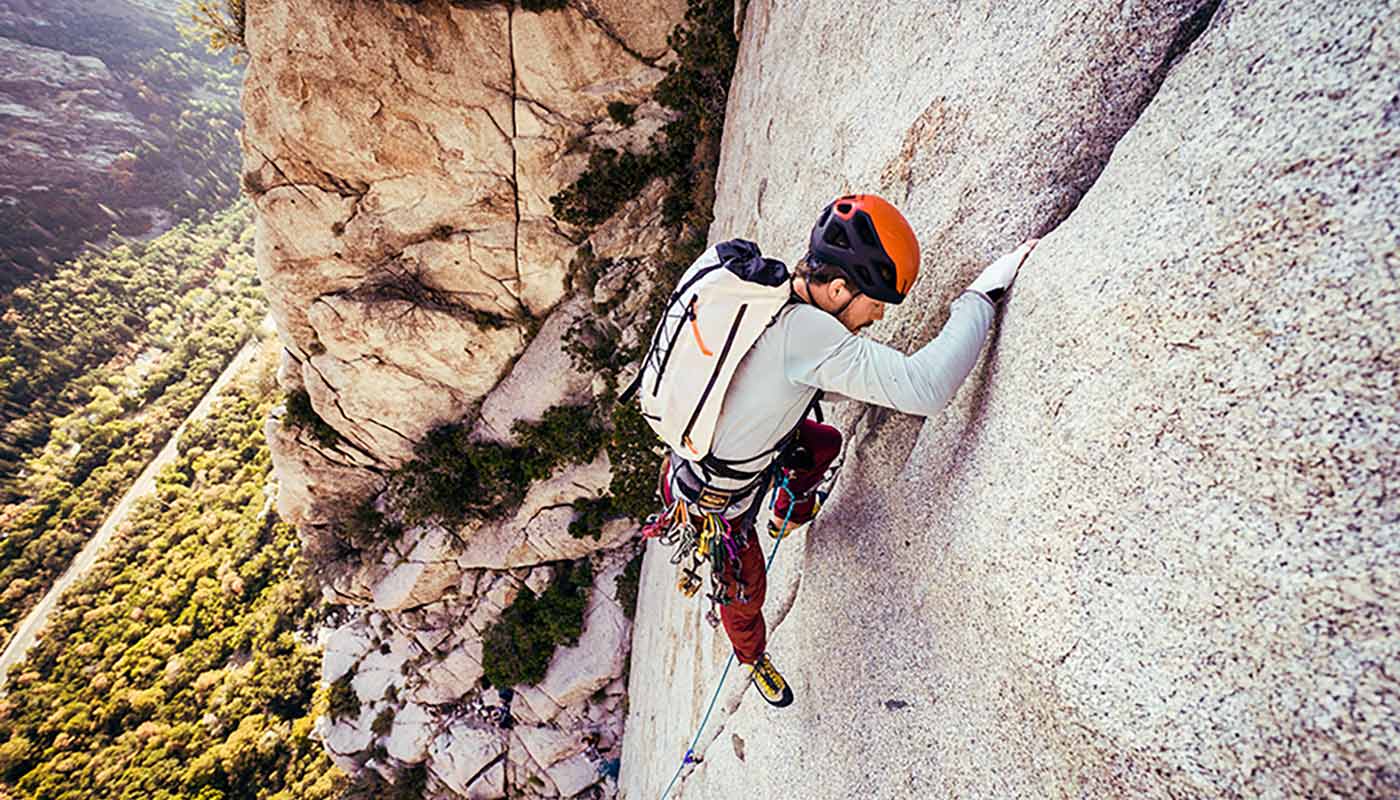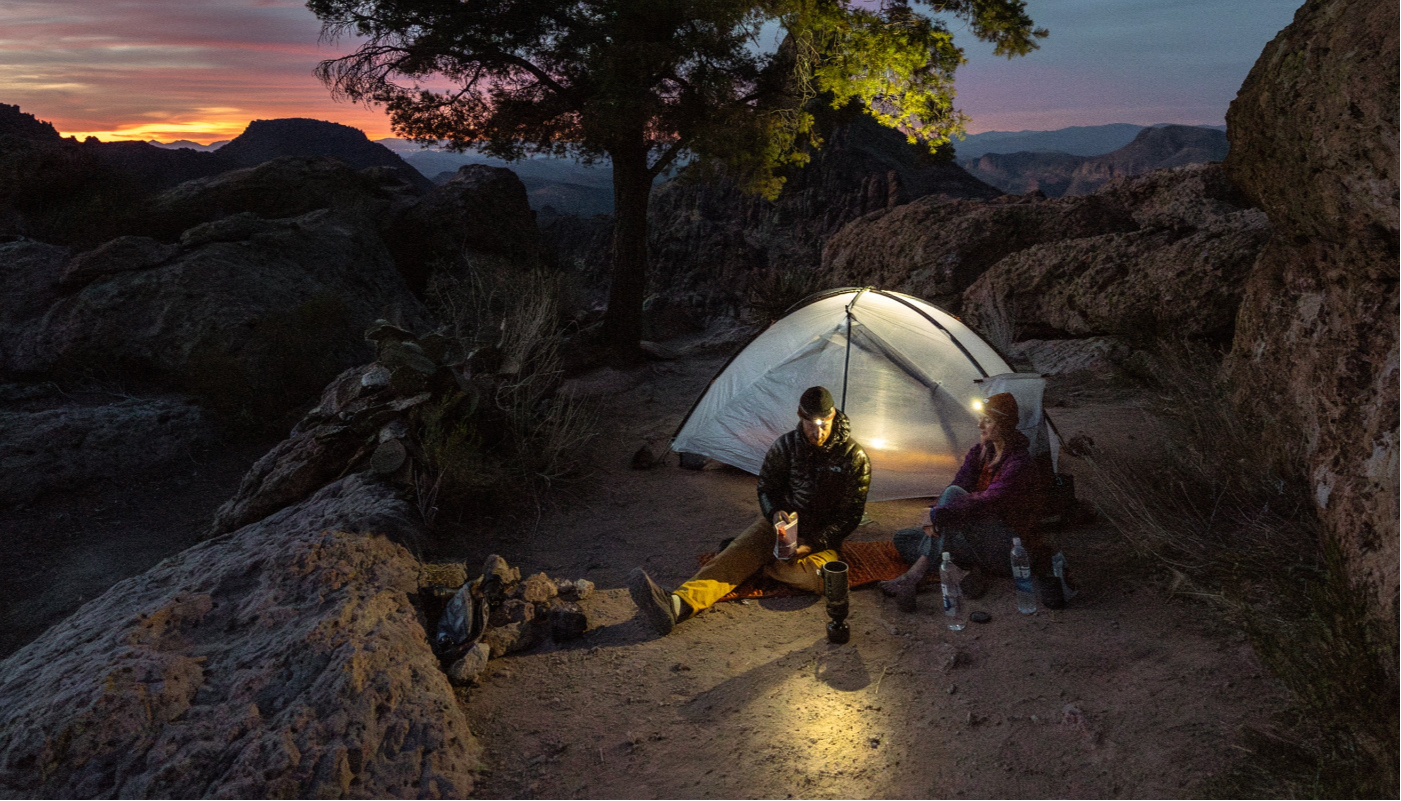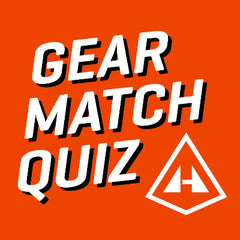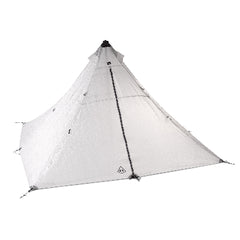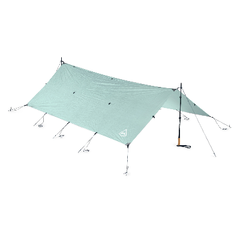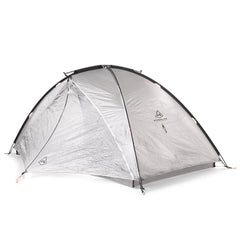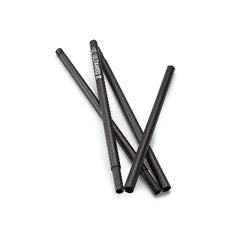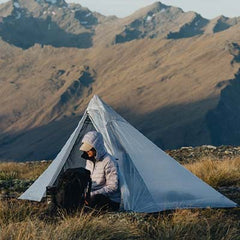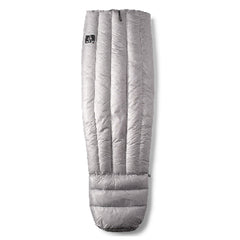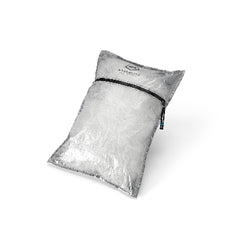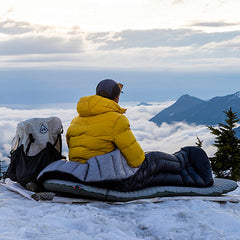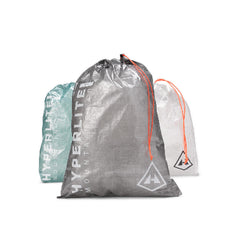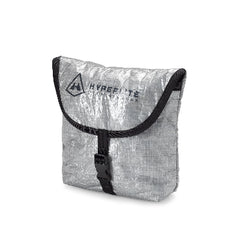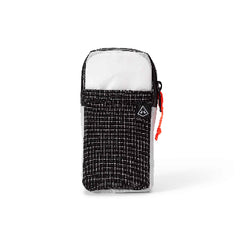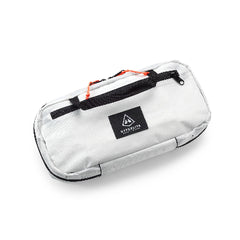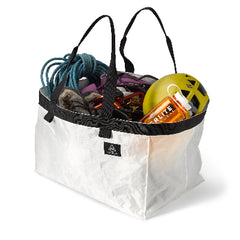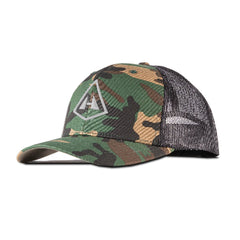Words and Photos by Matt Graham
My name is Matt Graham. I grew up in Southern California, and I come from an endurance and triathlon background. But moving to Yosemite as a teenager, I found this love for multi-day running and learning to stay in the backcountry with all my essentials for days or weeks at a time. Running multiple days became such an important part of my core philosophy–it was as valuable to me as the way most people see a car. I wanted the opposite–this car-less lifestyle. I wanted to be able to run everywhere instead of driving there. Everyone was admiring their Porsche or their new fancy Honda or Toyota or whatever. I was like, "How do I stay out in the backcountry and combine it with nature's skills with backpacking and running?"

And I sort of just tried to figure out this hybrid way of moving through the backcountry. And at that time, your options were to put on a four-pound Gregory backpack or a little alpine backpack. I wanted to find the ultimate backpack that would also work for running.
You know, the fastpack market really didn't exist back then. I went through this process of buying and trying out different packs mostly just out of curiosity. Finding packs that would work led me to go really minimal, learning how to stay overnight with just a waist pack. The brand Ultimate Direction was kind of coming around when Bryce Thatcher owned it. Though Bryce had some great innovative small pack designs, I was looking for something different in the multiday spectrum.

They would ride really low on the waist and had shoulder straps, but I found it uncomfortable. Throughout that time, I was trying to find different pack designs and figuring out something that wouldn't bounce when I was running–that was sort of the first step. I kept an eye on the whole evolution of different packs and styles made for staying in the backcountry.
About nine years ago, I contacted Mike St. Pierre, Hyperlite Mountain Gear's Founder and CEO, and said, "Hey, do you want to make a fast pack?" At the time, I was just calling it a running pack that could have the potential to carry what you needed for multiple days. Originally, my thought about reaching out to Hyperlite came from my appreciation of their build quality and being in the ultralight space. Their gear was known to be fairly simple but durable, tough, and very lightweight. And I liked the roll-top feature that made their packs nearly waterproof. I felt like they would be the best fit for this endeavor.
And he's like, "Yeah, I'm open to that. Let's talk about it." And about seven years later, we got it rolling. We've been working on this project for two years to get something that I think is the best in the market.

For a good running pack that works for multiple days, you want something that fits really well. You need something that doesn't bounce around. Once it bounces, you're losing a lot of energy. And you also want it to be comfortable on your back. Whether you're doing a one-mile or a ten-mile run, you don't want to get chafing.
So that's really important–to have a design that fits and contours around your body and is really stable–one that avoids any rub points. And that's the foundation. Once you get that foundation, the work on all the pockets and arrangements comes next. How accessible are things? Because you don't want to take your pack on and off all the time.
The goal of the Aero 28 project was to create a high-performance pack that fits the way your body moves and allows functionality to access everything while you're on the go.
When the R&D Team and I started working together, we had an initial couple of calls and discussed packs on the market with different features I liked. We incorporated some of that into the bag that I was designing. Once we had this foundation, I actually sent them a bag that had some features and fit preferences that I felt were a good base. In reality, we kind of just stripped all that away. I ended up buying a lot of fastpacks and testing them out. I had a big notepad, and I started drawing pattern measurements based on that and giving all the measurement details to R&D.

They would cut out the patterns, and then we'd start sewing them together. They'd send out the model, and I would give it run testing. Some of the early versions had some fit issues stuff right off the bat, so we had to abandon some of those. Eventually, we got the fit right, and then we were able to move on to the more fun stuff–the design of the actual body of the pack, the way you could access the pockets, and everything like that.

The result of all of this is what you see in the Aero 28. It's a pack that has a tremendous amount of versatility. You can use it as a long-day bag for running. You can use it for multiple days overnight. You could use it for thru hikes on trails if you want to go light–for more fun and more freedom.
I believe the Aero 28 is a pack that's great for someone at the entry level as well as at an elite level. It's a very full spectrum pack, suited for anyone starting out and wanting to get into the space of running but also wanting to do some ultralight backpacking. You can do both with this pack.

Fastpacking or packing for multiple days is a real art, and it takes a lot of experience knowing your environment and the type of gear to pack–like an ultralight sleep system. Consider a bivy sack if you want to keep your kit light and simple. And that's the foundation right there. If it's cold, you might sleep on a pad. If it's not, you can even sleep on the ground. The idea of the philosophy with fastpacking is that you're really stripping down to this minimal primal nature.
Instead of having a backpack with all sorts of bells and whistles, The Aero 28 is stripped down to less than half the weight, and I'm able to move more freely and out in the wilderness.
The Aero 28 is an exciting pack for me because I not only run, but I practice primitive skills. I packraft, I sometimes do bike adventures. And of all the packs I tested on the market, I feel like this one fits the bill. I can do a little bit of everything, and that's what I love about it.

SHOULD YOU TRY FASTPACKING?
Backpacking itself is growing in popularity, and a lot of people want to experience all these beautiful, wild, and remote places. And there's this this sense that if you bring more gear, you're going to be more comfortable. That's not always the case. More gear means more weight. Means you move slower. You're going to get to places at the end of the day later.
That's why fastpacking really does and should have a bigger appeal than it does–because you can travel lighter. That means you get to your camp earlier in the day. It means you're free to move and explore more. You're not going to feel so tired that you can't do those extra little activities throughout the day that you want to do, and that's what makes fastpacking really unique.
Getting set up with fastpacking gear can be a lot less expensive than buying a full outfit or backpacking gear. There's this habit that we just do as humans, where we buy a big pack and feel like we need to fill it up. So, starting with a pack the size of the Aero 28 and realizing you have to make do with less gear means you have to be smart about what you put in it.
Practice out in the wilderness and see for yourself. If you have a lighter pack with less gear, that means that you can move more freely, have more fun out there, and connect more with the surroundings instead of just your big bag of tricks.

